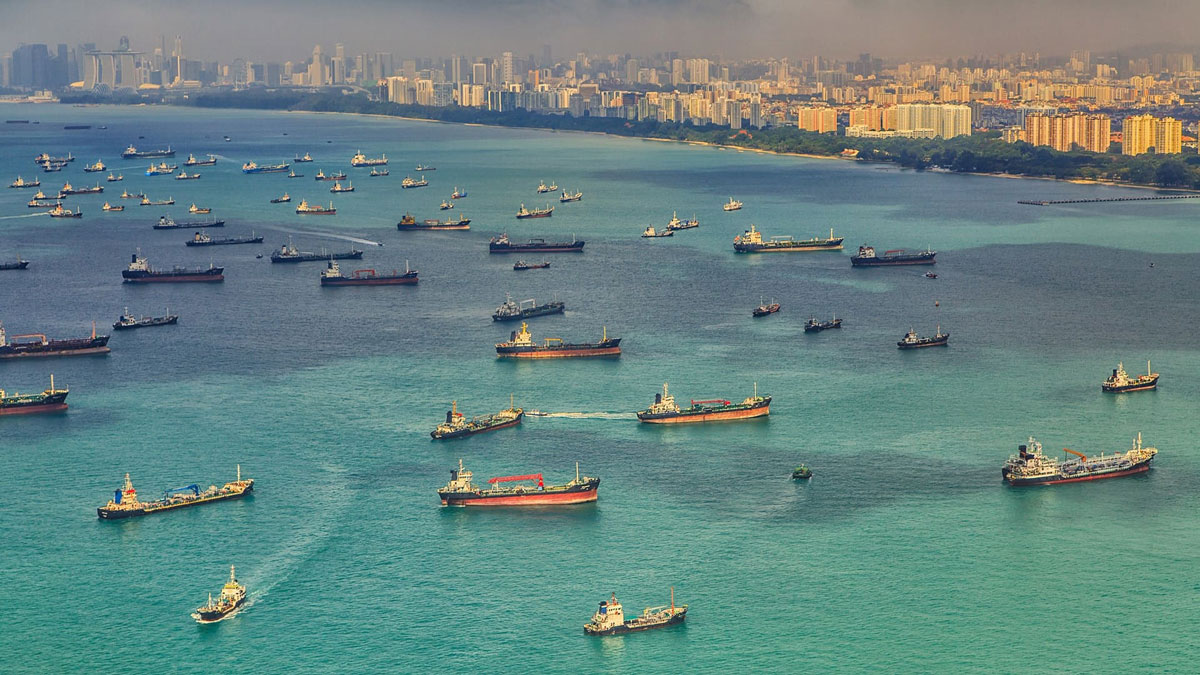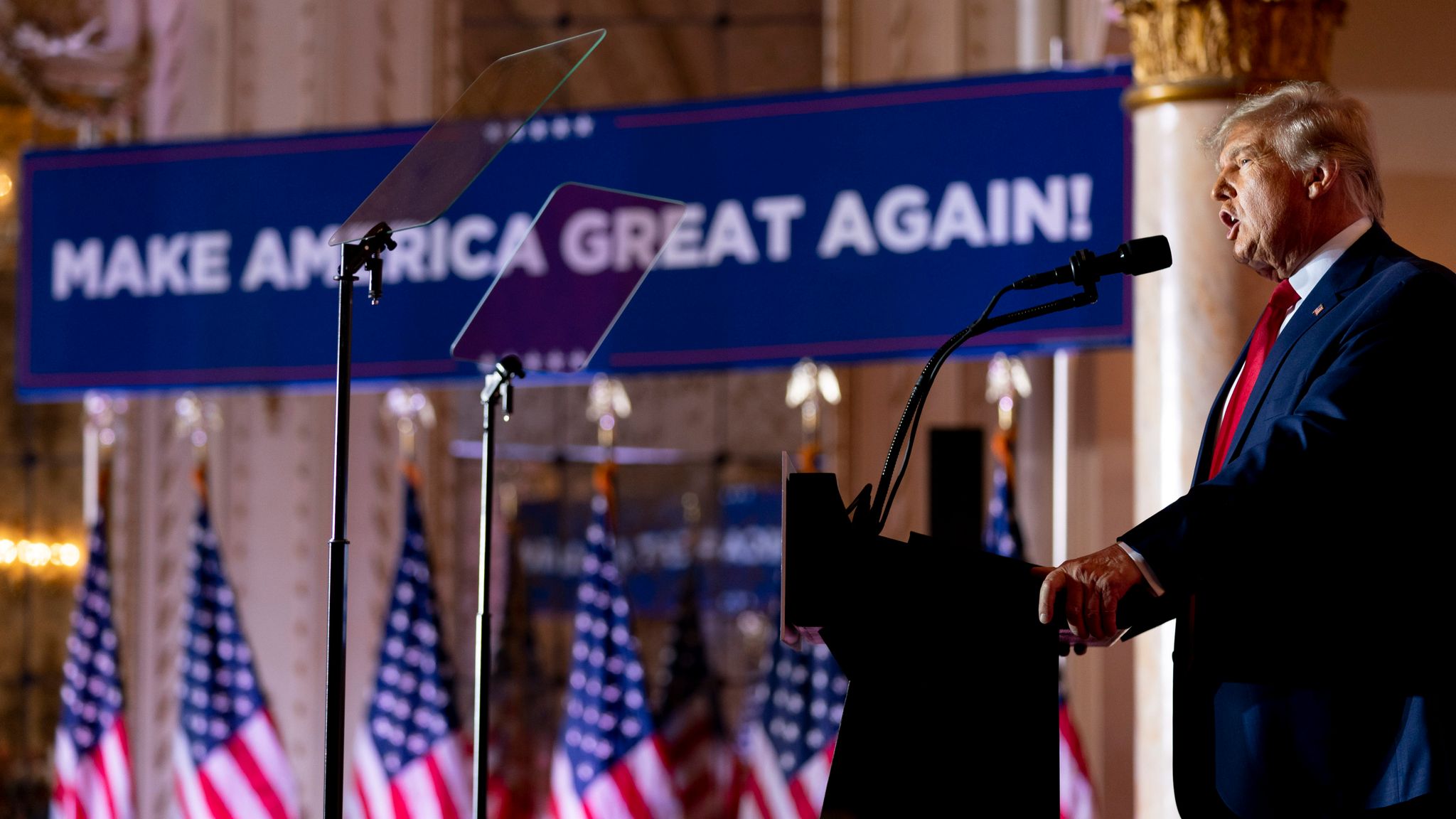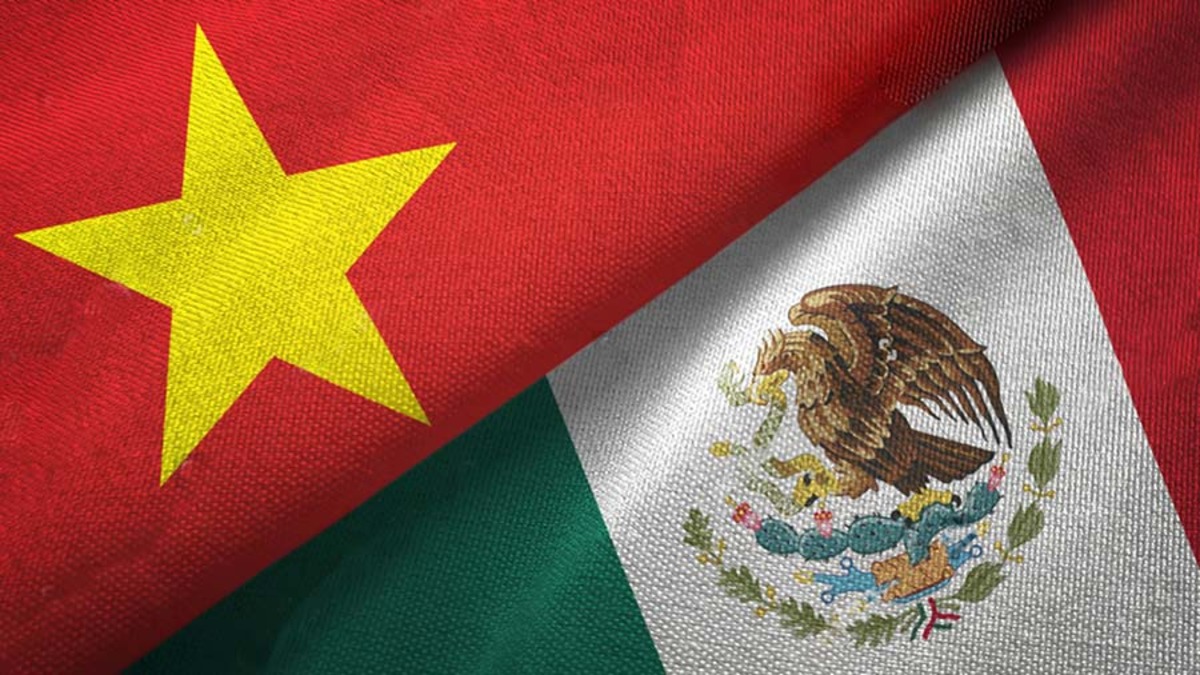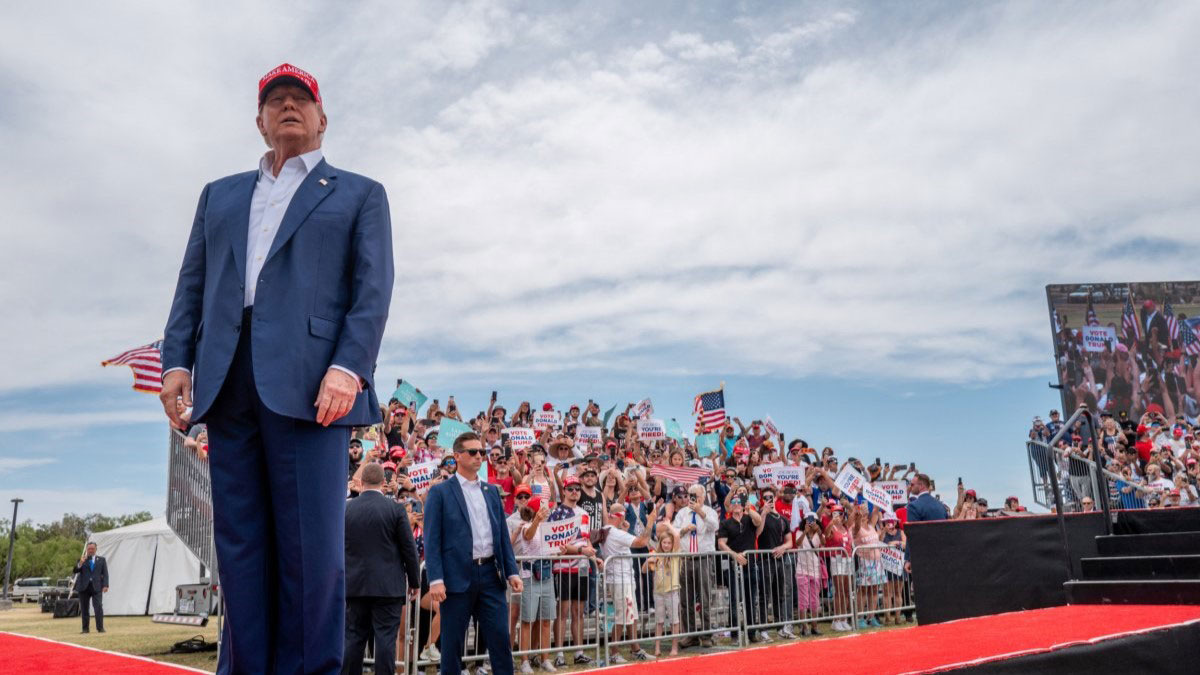Thanks 'MF':
** Extraordinary Congestion at Singapore: Shipping Bottlenecks Amidst Geopolitical Tensions**
A massive cluster of ships is currently crowding Singapore’s waters, with vessels bunched up due to significant disruptions in the Red Sea and shifts in global shipping routes. This situation highlights the intersection of **commerce** and **geopolitics**, as trade is now heavily influenced by ongoing regional conflicts and logistical challenges.
Singapore remains a crucial chokepoint for global trade, and the current situation underscores how geopolitical tensions are impacting worldwide supply chains.
#ShippingCrisis #Singapore #GlobalTrade #Geopolitics
Extraordinary Congestion at Singapore: Shipping Bottlenecks Amidst Geopolitical Tensions**
A massive cluster of ships is currently crowding Singapore’s waters, with vessels bunched up due to significant disruptions in the Red Sea and shifts in global shipping routes. This situation highlights the intersection of **commerce** and **geopolitics**, as trade is now heavily influenced by ongoing regional conflicts and logistical challenges.
Singapore remains a crucial chokepoint for global trade, and the current situation underscores how geopolitical tensions are impacting worldwide supply chains.
#ShippingCrisis #Singapore #GlobalTrade #Geopolitics
 Extraordinary Congestion at Singapore: Shipping Bottlenecks Amidst Geopolitical Tensions**
A massive cluster of ships is currently crowding Singapore’s waters, with vessels bunched up due to significant disruptions in the Red Sea and shifts in global shipping routes. This situation highlights the intersection of **commerce** and **geopolitics**, as trade is now heavily influenced by ongoing regional conflicts and logistical challenges.
Singapore remains a crucial chokepoint for global trade, and the current situation underscores how geopolitical tensions are impacting worldwide supply chains.
#ShippingCrisis #Singapore #GlobalTrade #Geopolitics
Extraordinary Congestion at Singapore: Shipping Bottlenecks Amidst Geopolitical Tensions**
A massive cluster of ships is currently crowding Singapore’s waters, with vessels bunched up due to significant disruptions in the Red Sea and shifts in global shipping routes. This situation highlights the intersection of **commerce** and **geopolitics**, as trade is now heavily influenced by ongoing regional conflicts and logistical challenges.
Singapore remains a crucial chokepoint for global trade, and the current situation underscores how geopolitical tensions are impacting worldwide supply chains.
#ShippingCrisis #Singapore #GlobalTrade #Geopolitics
Port congestions underscore supply chain vulnerability

Emerson Liu

Published 20 August 2024
Recent pile-ups in the world’s biggest ports, including Singapore, Shanghai, and Los Angeles, can be traced to Houthi attacks in the Red Sea and weather disruptions, but also to a frenzy of shipping to avoid an all-but-certain escalation in the US-China trade war. Businesses are not sitting idly by as Great Power competition and American protectionism continue to destabilize global supply chains.
Congestion at Singapore’s container port, the second-largest in the world and the largest for transshipment, reached its worst levels post-pandemic in June. The number of 20-foot standard containers waiting to berth climbed to 450,000. Docking time lasted up to a week, compared to the usual half-day timeframe.1 The city-state’s port authority was forced to reactivate berths and yards at its older Keppel and Tanjong Pagar terminals to boost its handling capacity.2 Waiting time has significantly improved in recent weeks, but only because part of the congestion has been shifted to other ports in the region as shippers resorted to skipping Singapore as a port of call. Many diverted their cargos to Port Klang and Tanjung Pelepas just across the border in Malaysia, where they also experienced multi-day delays.3
The pileup is not unique to Southeast Asian hubs. The Port of Shanghai, one of China’s most important gateways for foreign trade, reached its highest dwell time, a measure of efficiency in public transport, in three years.4 Colombo recorded a 20% year-on-year decline in the number of container ships calling at its port, as services rerouted to avoid heavy backlogs.5 In the western Mediterranean, Barcelona handled 48% more transshipments compared to the same period in 2023,6 while the clog continued its spread to northern Europe.7
"Today, all ships that can sail and all ships that were previously not well utilized in other parts of the world have been redeployed to try to plug holes," Vincent Clerc, CEO of Maersk, one of the world’s biggest shippers, was quoted as saying in the firm’s July update for its Asia Pacific market. "It has alleviated part of the problem, but far from all the problems across the industry."8 Behind this statement is a set of complex challenges driving the latest supply chain snarl: in addition to the Houthi attacks at the Bab al-Mandeb Strait in the Red Sea, global shipping also entered an early peak season as US and Chinese businesses race to get ahead of escalating tariffs.
Related Article

Trump and trade, Part 1: How Trump hardwired 21st century US trade policy
Deborah Elms
13 August 2024
The long shadow of Great Power competition and US protectionism
The global shipping landscape is already shifting due to deepening Sino-US disengagement. Growth in demand for container shipping imports from China into Mexico in the first quarter of 2024 increased by 34% compared to a year ago. "In a purely hypothetical scenario, at the current growth rate, by the year 2031 there will be more containers imported from China into Mexico than the US West Coast", says Peter Sand, Chief Analyst at Xeneta, the leading freight market analytics platform. Meanwhile, the amount of goods imported from Vietnam by American shippers have also steadily risen.9 These are signals of Chinese companies’ ongoing search for alternative supply routes to circumvent US tariffs that are already in place or impending.
On May 14, President Biden instructed US Trade Representative (USTR) Katherine Tai to increase tariffs on about US$18 billion of Chinese goods – or 4% of the total US imports from China – in a swathe of sectors they deem strategic, including steel and aluminum, semiconductors, batteries, solar cells, ship-to-shore cranes, and medical products.10 The decision followed USTR’s review of the tariffs imposed by former President Donald Trump under Section 301 of the Trade Act of 1974. The seemingly limited impact of these new tariffs did not stave off the feeling of apprehension among some business leaders and analysts. Matt Priest, president of the Footwear Distributors & Retailers of America, told Bloomberg that while the shoe industry is not directly affected by the tariffs, "we think there’s been a run-on capacity there to get product in before those tariffs take effect" later this year.11 In their June Market Outlook, Freightos, an online freight marketplace, also highlighted the potential influence of Biden’s latest tariffs in impelling US importers to swiftly get their orders in.12 Much of this unease is equally driven by concerns on how China might retaliate.
An even bigger source of perturbation is the possibility of a second Trump presidency. Trump has threatened a 60% tariff on all Chinese imports and a 10% tariff on all other global imports into the US, if re-elected. "It could change the future of the Port of LA," said Gene Seroka, Executive Director of the Port of Los Angeles.13 The shipping industry may see history repeating itself: cargoes were pulled forward in the second half of 2018 by importers to outmaneuver tariff deadlines, which inevitably led to higher spot rates for a period of time.14 "I think this is already in the discussion," Paul Bingham of S&P Global Market Intelligence said of the pre-emptive pull forward of imports. "You wouldn’t wait until the January 2025 inauguration and for executive orders to start to flow. You’d start to prep as soon as you could and take whatever actions you need to in advance."15
Despite the noticeable lack of comment on trade matters during her vice presidency, there are clues as to what a Harris administration would entail for global trade and supply chains. For one, the absence of remarks is telling in itself. "Trade is clearly not a priority for Harris in the way it is for her Republican opponent,"16 wrote William Reinsch of the Center for Strategic and International Studies. Harris voiced opposition to both the original North American Free Trade Agreement (NAFTA) and Trump’s NAFTA 2.0, saying the latter did not do enough to promote environmental and labor issues.17 Her choice for Vice President, Tim Walz, is correspondingly indicative: Walz taught in China as a fresh college graduate and has travelled 30-odd times to the country. While he spoke benevolently of the Chinese people, he has been a fierce critic of China’s human rights records.18 A Harris-Walz administration will likely see a more progressive bent on Biden’s economic strategy, where trade openness can be sacrificed, and protectionist measures can be used to advance other objectives. This could spell more unpredictability for international commerce.
Related Article

Mexico and Vietnam’s role in global supply chain reshuffle
Henry Storey
26 September 2023
Escalating tariffs are not the only force sending shippers into a frenzy. The International Longshoremen’s Association (ILA) has threatened a strike in October that could shut down six out of the ten busiest ports in the US. The ILA has indicated that the union will not extend its agreement with the United States Maritime Alliance (USMX), its employer group, unless the ILA’s demands on wage increases and the scrapping of any future efforts at port automation are met.19 Then there is the Red Sea crisis, which is costing carriers like Maersk and Hapag-Lloyd an extra US$1 million per vessel to make a return trip around the southern tip of Africa as fuel and insurance costs soar.20 The Mediterranean Shipping Co. declared that the security situation in that area required the company to "rewire its entire global network".
No end in sight for Red Sea disruption
Since November 2023, Iran-backed Houthi forces based in Yemen have launched over 190 attacks22 on commercial vessels and tankers passing through the Red Sea, in response to Israel’s war on Gaza. The Red Sea is the shortest maritime route between Asia and Europe and accounts for about 30% of the world’s container traffic. Major carriers reacted by redirecting their fleet around the Cape of Good Hope, which can add up to two weeks to a shipment’s journey.23 The rerouting has led to disrupted sailing timetables, fewer transits, and eventually vessel-bunching in hubs such as Singapore as ships arrive within a small window of time, each docking longer than usual to refuel and offload larger number of containers.24 By transferring their cargos onto smaller vessels for the final leg of their freight destined for the eastern Mediterranean, attempts by ultra-large ships from Asia to return to the Far East by avoiding the Suez Canal had inadvertently led to more congestion in western Mediterranean ports.25
Traffic in the Red Sea plunged; just 14% of the ships currently deployed on the Asia-Europe route are using the Suez Canal. This figure, of course, is reflective of another reminder of how essential the handful of the world’s maritime chokepoints are. While most large carriers have diverted their ships away from Bab al-Mandeb, many smaller ones have continued to take the risk. To avoid Houthi attacks, most are flagged as China, Russia, Singapore, Turkey, and United Arab Emirates vessels.26 Of the major lines, only France-based CMA CGM is transiting through the Red Sea on selected voyages where it assesses the risk on a vessel-by-vessel basis.27 The fact that these shippers did not reroute speaks volumes of the importance of the Red Sea passage in safeguarding their competitiveness, and of the intensifying geopolitical fragmentation of the global economy.
Related Article

Trump tariffs risk global trade war
Alan Wm. Wolff
18 June 2024
The urgent need for coordination
Global trade has been resilient in the face of adversity in recent years as businesses quickly adapt, but these experiences also showed how easily well-established supply chains can be upset. The impact of port congestion and disrupted shipping routes goes beyond hampering supplies. As vessels increase speed to cover longer distances to keep up with schedules, it also led to increases in fuel consumption. According to UN Trade and Development estimates, a round trip from Singapore to Northern Europe via the Cape of Good Hope could emit 70% more greenhouse gases than the traditional route through the Red Sea. Furthermore, the crisis has triggered an estimated 40% drop in Suez Canal revenue for Egypt, which depended on the canal for much of its foreign currency revenue.28
Geopolitics and a surge in demand for products are merely two of the key factors that can set a supply chain turmoil in motion. Since June 2023 and until two months ago, Panama had to reduce the number of vessels crossing its canal due to a drought in Gatún Lake, which supplies the water used to control the canal’s locks.29 At the start of 2024, China had to suspend the flow of ship traffic at several ports due to heavy fog.30 The future of shipping would depend heavily on how well carriers and shippers prepare for more extreme weather events and more strategic confrontations among states. To avoid maritime traffic blockages, ports, shippers, and logistics companies must communicate and collaborate better by ensuring that all parties have real-time access to the same data. Upgrading ports with improved infrastructure can boost existing capacity and provide shippers with more options to dock. There are plenty of potential solutions available, but all hinge on a single prerequisite: strong coordination and trust between the private sector, port operators, and policymakers, globally.
The "Red Sea disruption" is a blah-blah issue. Nobody cares , nobody notices.
ReplyDeleteNobody is condemning the Houthis..in fact many countries supportnthe Houthis.
Shipping companies just reroute around Africa.
Europe couldn't be bothered, China supports the Houthis... so just forget it and go back to sleep.